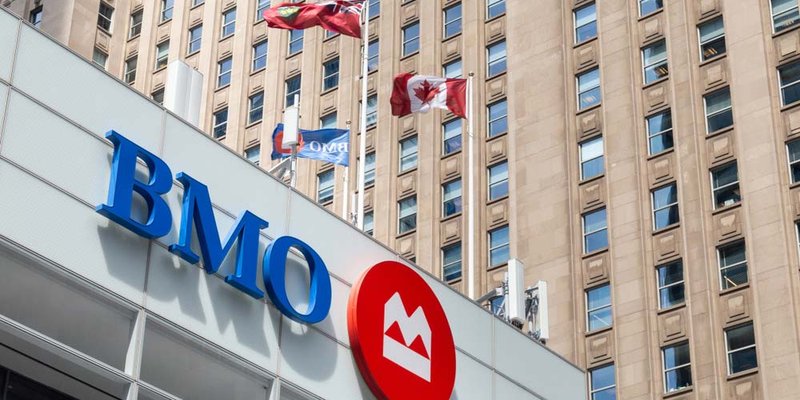
If you are not redirected within 30 seconds, please click here to continue.
Samedi: 10h – 16h HAE

If you are not redirected within 30 seconds, please click here to continue.
If you are not redirected within 30 seconds, please click here to continue.
BMO Drops Their 5-Year Fixed Mortgage Rate to 2.79%

Table of Contents
UPDATE: As of Wednesday. March 18, TD has announced it will also price their five-year posted rate at 2.79%, matching BMO's discount.
Spring is traditionally the most competitive time for mortgage lenders; as warming temperatures tempt prospective buyers from hibernation and into open houses, brokers and banks alike up the ante on rate discounts. When it comes to Canada’s big federally regulated banks, Bank of Montreal has set the bar for the spring season with its headline-making 2.99% rate over the past few years. Now, they’ve done it again with an even better rate: a jaw-dropping 2.79%.
Rate Details
Type: Fixed Closed
Term: 5 Years
Prepayment Privileges: Yes - You can pay up to 10% on top of your monthly payment, and up to 10% annually.
Rate hold: 90 days
Available to those paying less than 20% down: Yes
Ability to port mortgage or switch lenders: No - Borrowers take note, this rate is not transferable, meaning you must stay with BMO for the entirety of your five-year term. While you can refinance your rate early with another BMO product, you cannot do so with another lender until your five-year term is up. However, you can renew with another lender after that if you so choose.
What could I save with this rate?
BMO’s latest offering clocks in at a full 30 basis points lower than the next best big bank rate - TD’s 3.09. How much less would you pay with a rate like this? We used our handy Payment Calculator to find out.
Assuming your home value is $385,200 (the national average resale price, according to the Canada Mortgage and Housing Corporation), a five-year term and a 25-year amortization, you would pay:
$1,782 monthly
And you would save:
$59 monthly
$708 annually
$17,700 over the course of your mortgage!
Why is this rate so low?
This is the lowest five-year fixed rate offered by one of the Big Five in history. Why has BMO cut its pricing so aggressively?
In addition to preparing for the busy spring season, economic factors have set the stage for lower-than-average mortgage rates. Government of Canada bond yields, which set the pricing for fixed rates, have hovered below the 1% mark for some time. This gives banks and brokers alike the chance to discount their rates to such record lows.
Get money-saving tips in your inbox.
Stay on top of personal finance tips from our money experts!










